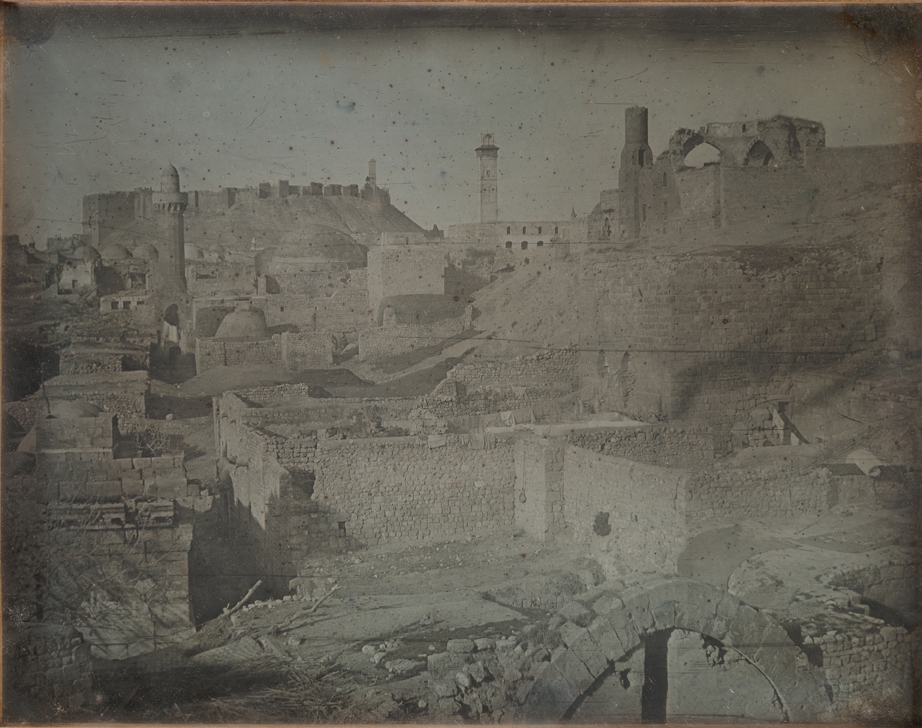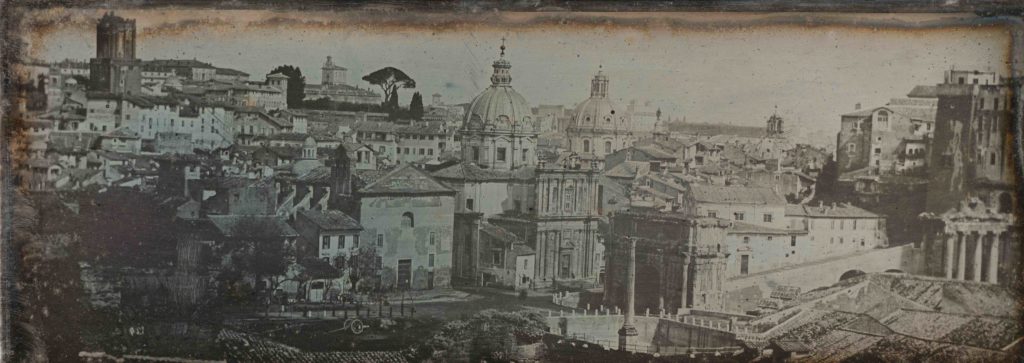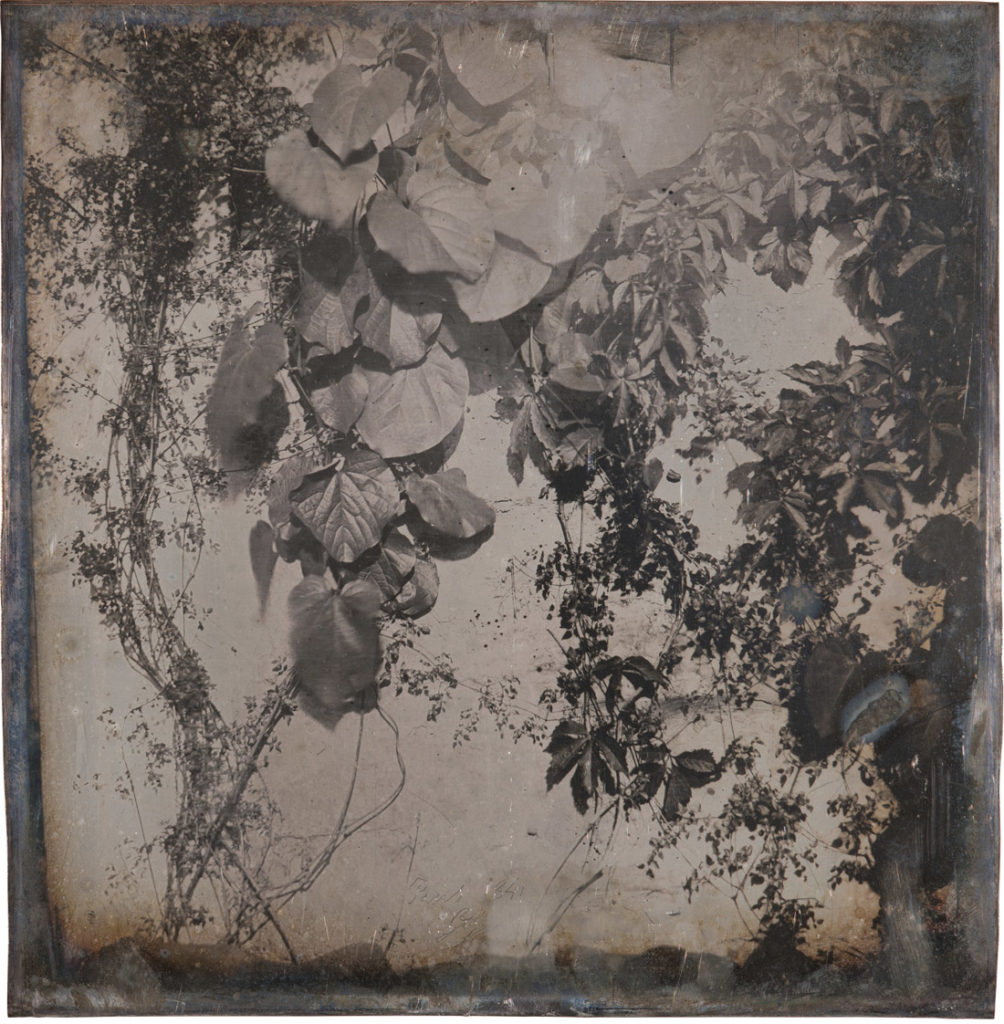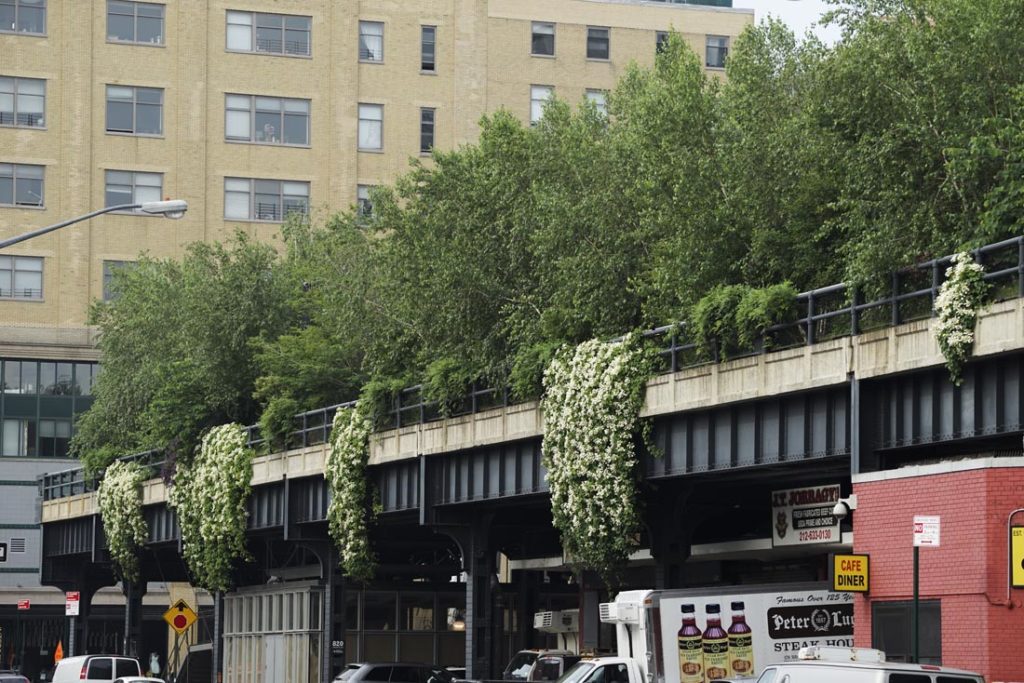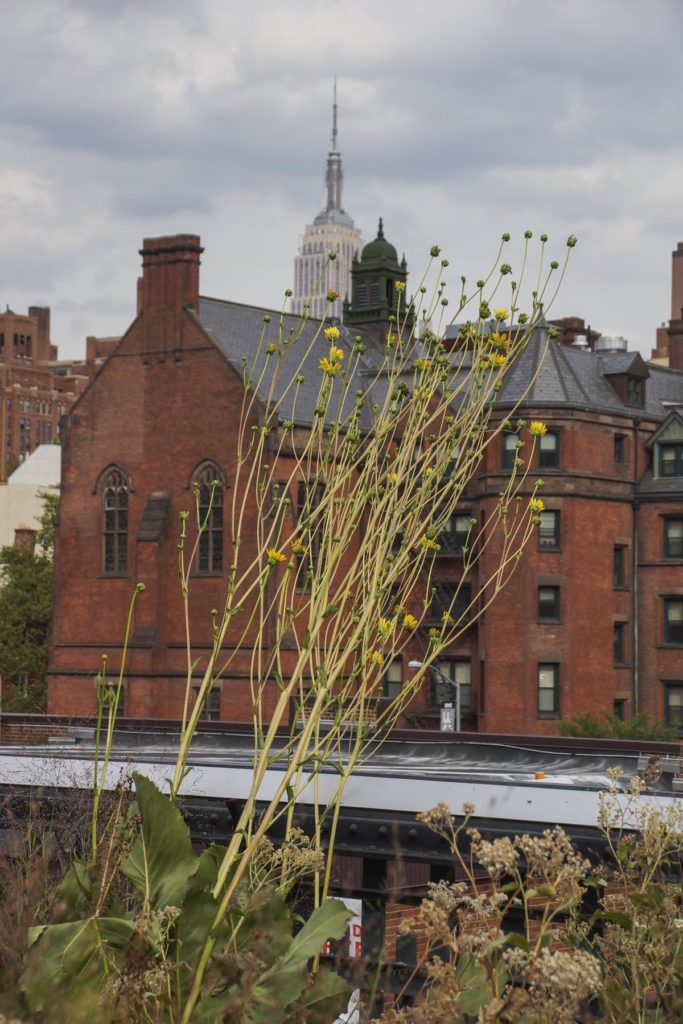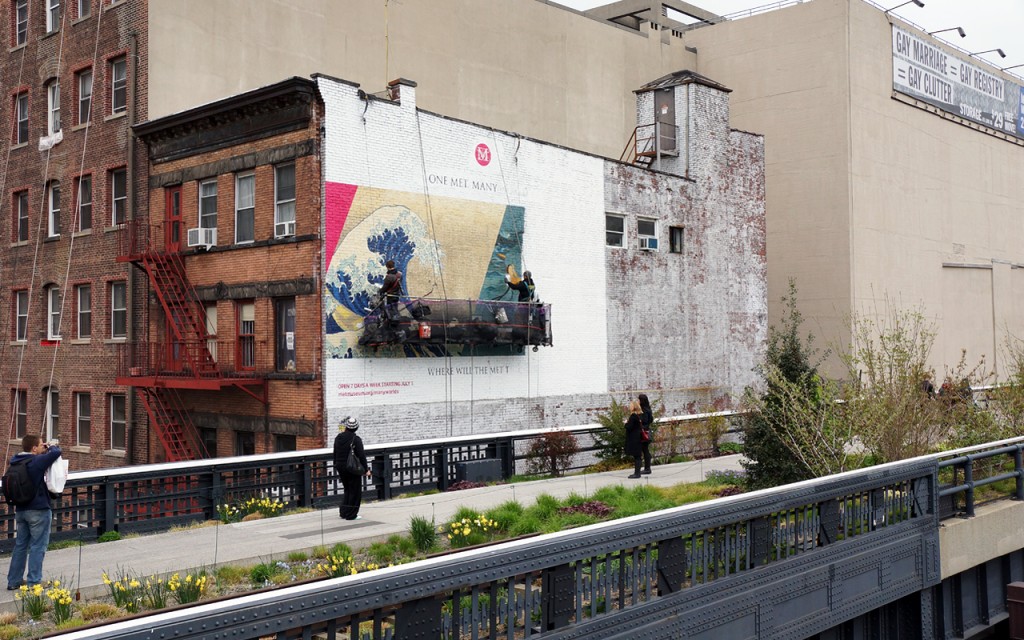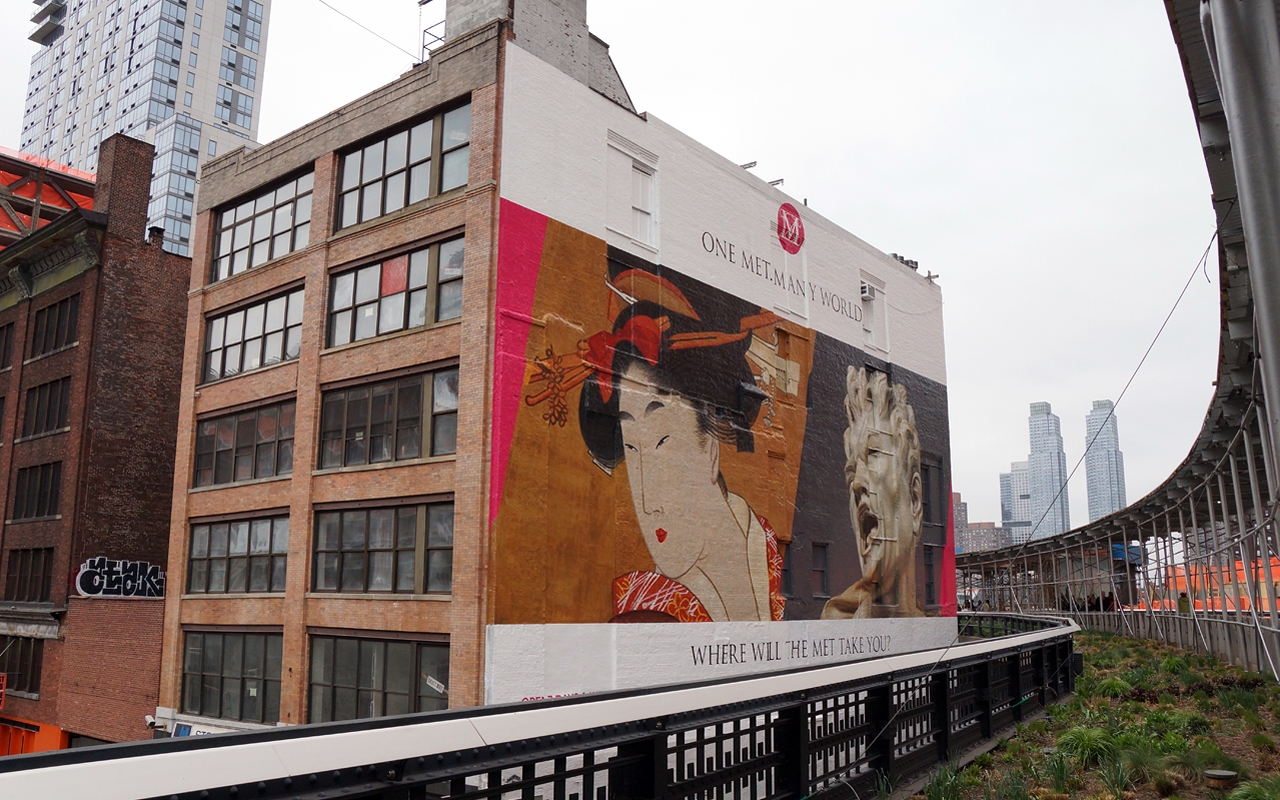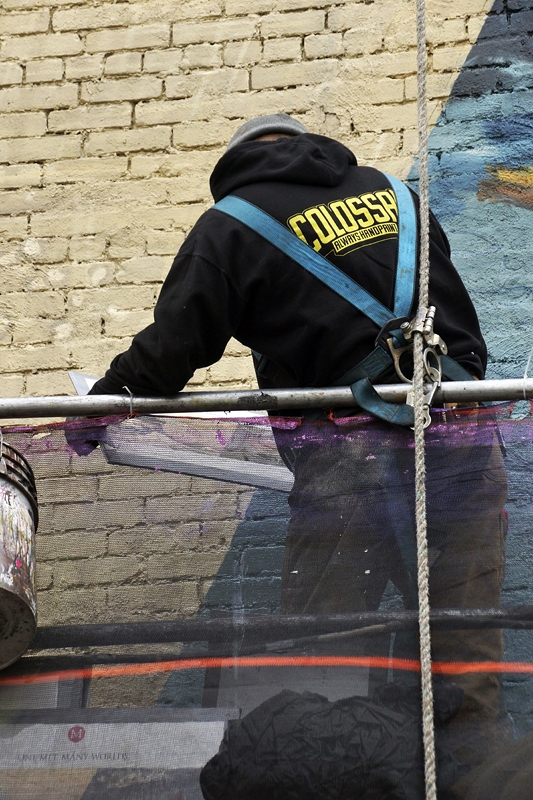John Singer Sargent is best known as a portrait painter, and the blockbuster new show at the Met is filled with faces that intrigue and astound. The most striking is Edouard and Marie-Louise Pailleron, from 1880. The wall text tells us that Marie-Louise, who dominates the picture with her defiant self-confidence, was 11 years old and claimed that she and her brother endured 83 sittings during which she battled with Sargent over her attire and pose. The story is likely apocryphal, but look at that face and tell me it’s not believable!

My favorites, though, are the two paintings that capture not only people but music. For Rehearsal of the Pasdeloup Orchestra at the Cirque d’Hiver Sargent, a talented pianist and lover of modern French symphonic works, especially those of Gabriel Fauré, puts himself in a seat high above the orchestra and captures the energy of the musicians and almost the music they make. It’s that evocative.

Capri Girl on a Rooftop, made in 1878, shows a scene described by Sargent’s friend Frank Hyde, who recalled rooftop parties where local women performed “tarantellas on the flat roof…We watched the effect of the graceful figures, silhouetted against the fading twilight, and, for a background, Vesuvius with his dark purple mantle and crown of fire.”

But the show-stopper here is Madame X, a notorious painting that comes with a backstory and has its own gallery. In Sargent’s first version of this painting of Virginie Amélie Avegno Gautreau her sparkling shoulder strap sexily slips off her right shoulder, but he later painted the strap back in, after the picture caused an uproar during the 1884 Salon. Below is my photo of the exhibition’s curator, Stephanie L. Herdrich, speaking at the press preview on April 21st. As the assembled crowd quieted down she began her remarks by noting that here she was, “standing in front of my sidekick, Madame X.”

This is a beautifully designed and curated show, and that it culminates in a gallery devoted entirely to the story of Madame X is just another gift to museum-goers. Titled “The Paris Salon of 1884,” this space recreates the original exhibition using projections of paintings that were shown during that year. I arrived early, and to my enormous delight found this spectacular woman, dressed to nines in 3″ heels, a short black dress with a large pink bow, her cape drooping sexily down her shoulders and a classic string of pearls around her neck:

When Sargent sold Madame X to the Met in 1916 he wrote that this portrait was “the best thing I’ve done.” A hundred and ten years later, his famous painting has found a new, widely appreciative audience. Run, don’t walk.


